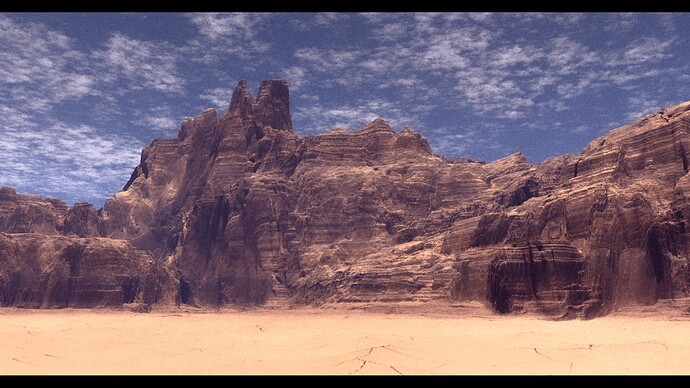@WFab For sure! I don’t really think I have anything to write home about, so to say, but I have an ArtStation with some of my older works (I’ll also work on uploading some of the newer stuff today, I always forget to update it). I’m also adding one in here that I don’t think ever made it online cause I wasn’t super proud of the end result (though I was happy with how I got there, which is why I continued with it).
Initial idea is explained after image
So, living in Michigan, I’ve got all the Great Lakes around me, so this idea sort of started out as like “what if Lake Superior dried up completely?” And I started taking inspiration from the Pictured Rocks area, but then went for more of a generic canyon style texturing because I just could not figure out how to get the look I was going for.
A lot of my other finished works have made it into this forum (Like this one), and then here is the latest one that made it to Instagram:

